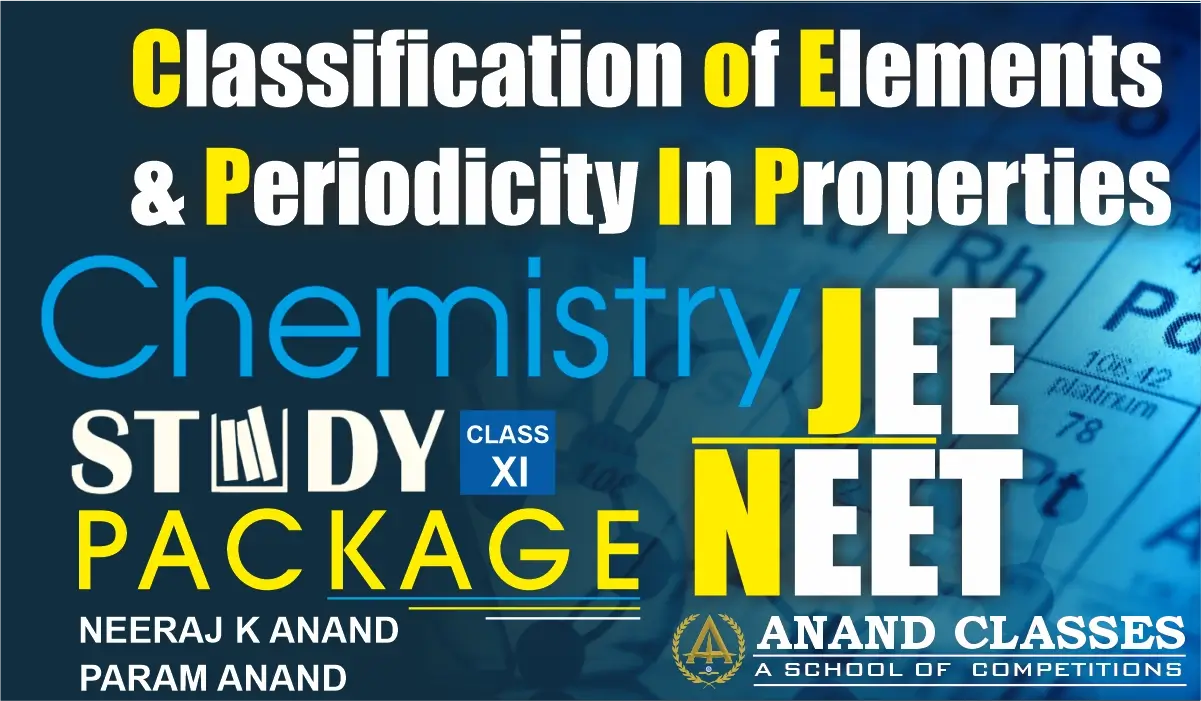-- Select a Chapter Content --
NCERT Exemplar Solutions (Q1 to 10)
NCERT (Q4.31 to Q4.40) Solutions
NCERT Solutions Q4.11 to Q4.20
NCERT (Q4.20 to Q4.30) Solutions
NCERT (Q4.1 to Q4.10) Solutions
Hydrogen Bonding in Water
Hydrogen Bonding Effects on Physical State
Intermolecular & Intramolecular Hydrogen Bonding
Hydrogen Bonding
Bond Order and Electronic Configurations of heteronuclear molecules
Bond Order, Stability
Bond Order
Bond Order
Order of Energy Levels of Molecular Orbitals
Differences Between Bonding and Antibonding Molecular Orbitals | σ and π Molecular Orbitals
Molecular Orbital Theory (MOT) – Bonding and Antibonding Molecular Orbitals | Differences, Explanation
sp3d2, sp3d3, dsp2 Hybridisation
sp³d Hybridisation
sp Hybridisation
sp² Hybridisation
sp³ Hybridisation
Hybridisation
Positive, Negative and Zero Overlap
Orbital Overlapping
Valence Bond Theory
Shapes of Molecules
Shapes of Important Molecules
Shape of Important Molecules
Shape of BeF2 (Linear), BF3 (Trigonal Planar), CH4 (Tetrahedral) Molecules | Q&A, MCQs
Shapes of molecules
Valence Shell Electron Pair Repulsion (VSEPR) Theory Postulates (Lone Pairs and Bond Pairs)
Fajan’s Rules
Dipole Moment Applications
Dipole Moment and Polarity of Molecules
Polarity of Bonds
Resonance
Bond angle, Bond enthalpy, Bond order
Bond length
Co-ordinate Covalent Bond
Properties of Covalent Compounds
Exceptions to Octet Rule
Formal Charge
Lewis Structures of Covalent Compunds and Ions
Rules for Writing Lewis Structures of Covalent Compunds
Lewis Structures for Molecules with Multiple Covalent Bonds
Covalent Bond and Lewis Structures
Covalent Bond
Properties of Ionic Compounds
Lattice Enthalpy of Ionic Crystals
Factors Affecting Formation of Ionic Bonds
Ionic or Electrovalent Bond
Octet Rule
Lewis Symbols
Define Chemical Bond
NCERT Exemplar Solutions Q49 to Q55
NCERT Exemplar Solutions Q41 to Q48
NCERT Exemplar Solutions Q31 to Q40
NCERT Exemplar Solutions Q24 to Q30
NCERT Exemplar Solutions (Q14 to Q23 MCQs)
NCERT Exemplar Solutions (Q,1 to Q13 MCQs)
JEE Main PYQs
JEE Main PYQs
JEE Main PYQs
JEE Main PYQs
JEE Main PYQs
JEE Main PYQs
JEE Main Important PYQs
JEE Main PYQs
JEE Main PYQs
JEE Main PYQs
NEET PYQs (Periodic Table) Competency Based Questions
NEET PYQs and AIIMS MCQs
NEET Periodic Table PYQs With Solutions and Practice MCQs PDF Download
NEET PYQs Chapterwise Solutions
NEET PYQs MCQs Solutions
NCERT Solutions 3.26 – 3.30
NEET PYQs Periodic Table & Classification of Elements
NCERT Solutions 3.36 - 3.40
NCERT Solutions 3.31 - 3.35
NCERT Solutions 3.21, 3.22, 3.23, 3.24, 3.25
NCERT Solutions 3.16, 3.17, 3.18, 3.19, 3.20
Modern Periodic Law and Modern Periodic Table
s-Block Elements
p-Block Elements
Nomenclature of Elements with Atomic Numbers Greater than 100
d-Block Elements
f-Block Elements
Comparison of s-, p-, d-, and f-Block Elements
Position of Metals and Non-Metals in Periodic Table
Rules to Find Period and Group Number in Periodic Table
Why Periods in Periodic Table Contain 2, 8, 8, 18, and 32 Elements (Magic Numbers)
Prediction of Period, Group, and Block of a Given Element in Periodic Table
Solved Examples
Short Periods Elements
Long Periods Elements
Periodicity of Properties of Elements
Atomic Radius
Screening Effect (Shielding Effect)
Variation of Atomic Radius in a Period
Variation of Atomic Radius in a Group
Van der Waals Radius
Ionic Radius
Why radius of cation is smaller than its parent atom ?
Why radius of anion is greater than its parent atom
Variation of Ionic Radii in Isoelectronic Series
Conceptual Important Question Answers
Ionization Enthalpy
Factors affecting Ionisation Enthalpy
Variation of Ionization Enthalpy Along a Period
Variation of Ionization Enthalpy Down a Group
Ionization Enthalpy Conceptual Question Answers
Electron Gain Enthalpy (Electron Affinity)
Factors Affecting Electron Gain Enthalpy
Variation of Electron Gain Enthalpy
Halogens have Highest Negative Electron Gain Enthalpies
Why Electron Gain Enthalpy of Noble Gases are Positive while Be, Mg, N, P are Almost Zero
Electron Gain Enthalpy trend of Halogens
P, S, Cl Have More Negative Electron Gain Enthalpies than N, O, F
Successive Electron Gain Enthalpies
Which of elements (Oxygen or Fluorine) have more negative electron gain enthalpy ?
Which element (Fluorine or Chlorine) have more negatiave electron gain enthalpy ? Why ?
Electron Gain Enthalpy Solved Numerical Examples
Which of elements P, S, Cl, F will have most negative electron gain enthalpy and which least negative?
Electronegativity
Factors Affecting Electronegativity
Periodic Trends in Electronegativity
How are electronegativity and metallic & non-metallic characters related?
Differences Between Electron Gain Enthalpy and Electronegativity
Valency or Oxidation States
Periodic Trends and Chemical Reactivity
NCERT Intext 3.1 Question Solution
NCERT Intext 3.2 Question Solution
NCERT Intext 3.3 Question Solution
NCERT Intext 3.4 Question Solution
NCERT Intext 3.5 Question and Solution
NCERT Intext Problems
NCERT Solutions (Questions 3.1, 3.2, 3.3, 3.4, 3.5)
NCERT Solutions (Questions 3.6, 3.7, 3.8, 3.9, 3.10)
NCERT Solutions 3.11, 3.12, 3.13, 3.14, 3.15


